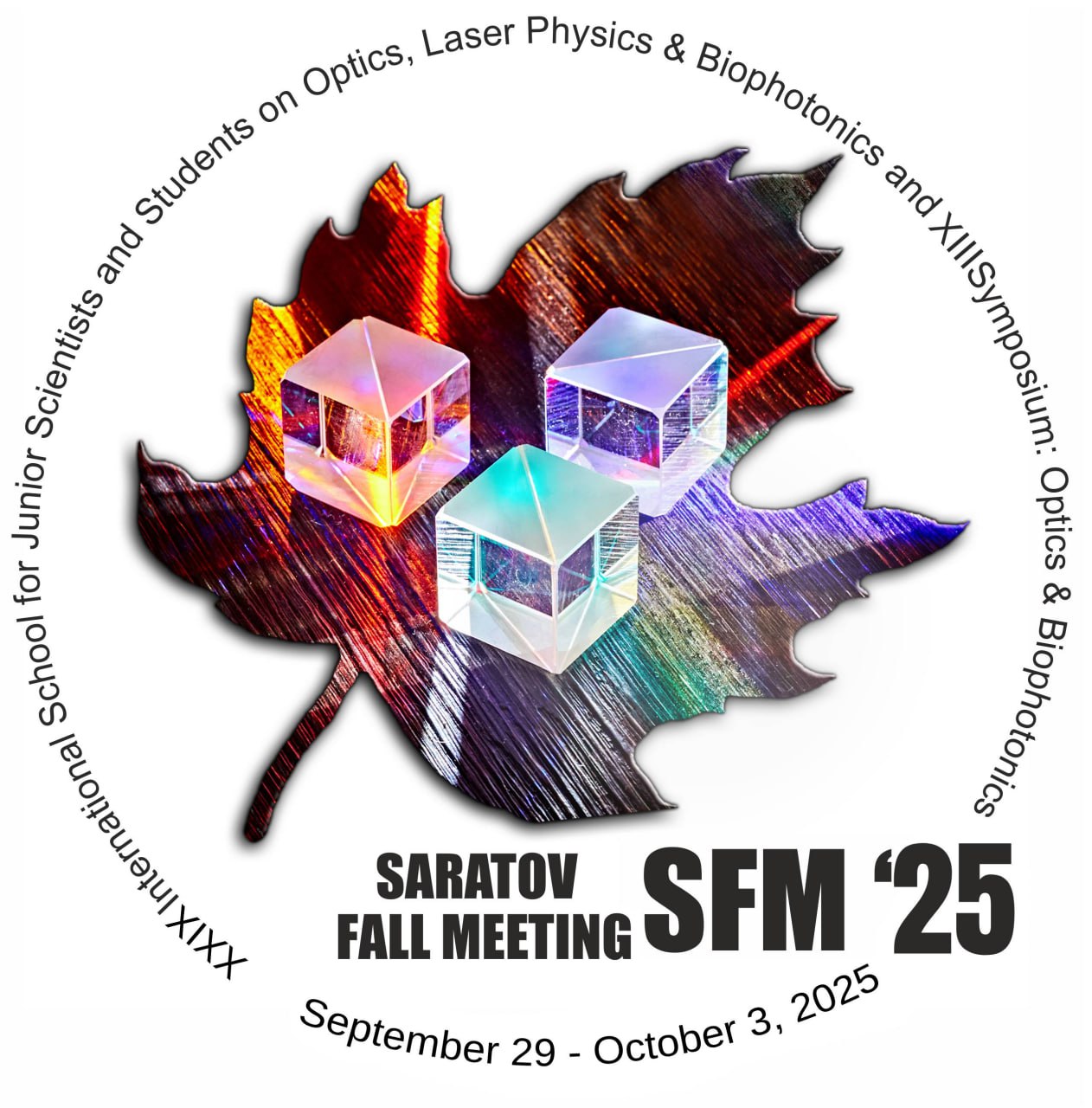Synthesis of L-band diplexer for high power operation. Синтез диплексера L-диапазона для работы на высоком уровне мощности.
Konstantin V. Kobrin, 1, Mikhail B. Manuilov, 1,
1 Southern Federal University, Rostov-on-Don, Russia
Abstract
Diplexers are the key components of communication and radar systems which provide the spatial selection of receiving/transmitting channels. The L-band diplexer design is presented in this work for high power operation, for example, in the air traffic control systems. The operational frequency bands are 1024-1036 / 1084-1096 MHz, peak power is about 2 kW. Main requirements for this class of components are low insertion loss, high impedance matching and isolation of channels, easy-to-manufacture compact design.
The diplexer is composed of cavity coaxial resonators with the step-wise change of characteristic impedance (disk on the end of the metal tube). This kind of coaxial resonator in the form of “mushroom” has a compact size due to the shorter electric length of resonator and it is appropriate for the high power operation as far as it doesn’t include small gaps with the high electric field strength. As a matching circuit in the input of diplexer the original modification of coaxial-to-strip-line bifurcation is proposed. In accordance with the requirements to the pass-bands the channel filters include 4 and 5 resonators arranged in the rectangular housing of diplexer in the form of array of 3×3 resonators. All resonators and coupling windows have the tuning screws.
Computer aided design is based on the use of efficient combined synthesis technique including the filter synthesis on the base of coupling matrixes, the solution of eigenvalue problems for single and two coupled resonators and full wave simulation of filters and diplexer by finite element method.
The following characteristics of diplexer have been achieved after numerical optimization: VSWR within operational pass-bands is less than 1.2 (S11< - 22 dB), the isolation of channels is about 70 dB, measured insertion loss is less than 0.5 dB, and the allowable peak power is larger than 2 kW. Thus, the suggested diplexer design provides the required characteristics for high power operation and this design may be employed for other frequency bands.
File with abstract
Speaker
Mikhail Manuilov
Southern Federal University
Russia
Discussion
Ask question


